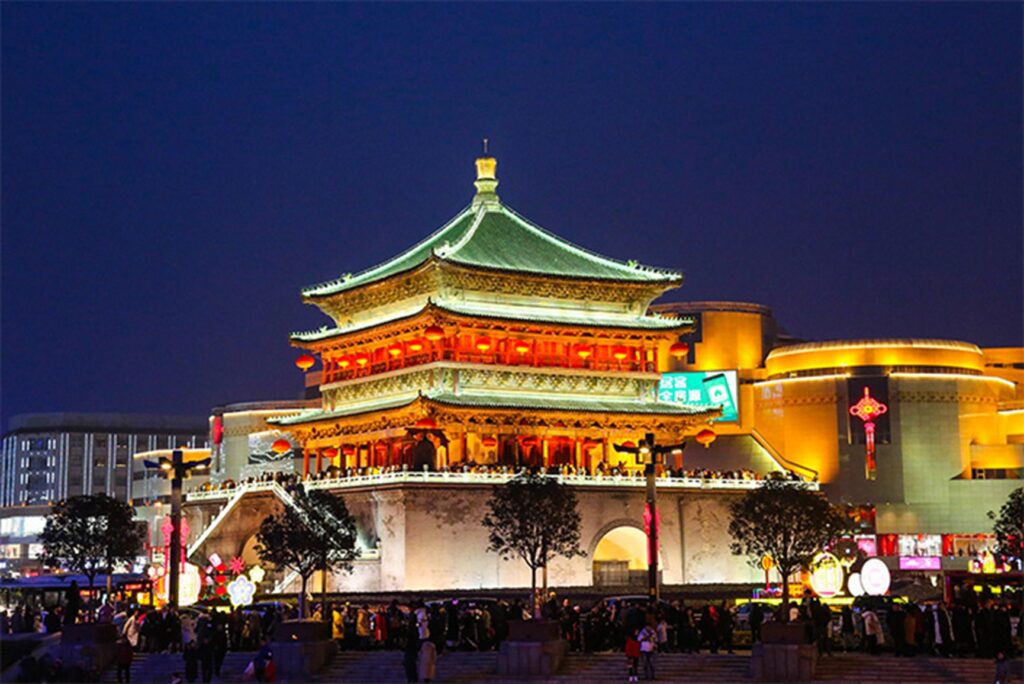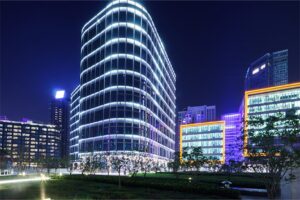In today’s society, architectural lighting projects have become an integral part of the vibrant nighttime landscapes in many cities. The success or failure of such projects not only impacts the city’s image but also provides aesthetic enjoyment for the public. However, there are several pitfalls to avoid when undertaking these lighting projects.

1. A prevalent issue is overlooking safety.
Given that lighting projects often require work at elevated heights, they pose significant safety challenges for staff. Before starting construction, a comprehensive safety assessment is crucial to ensure all personnel are equipped with the necessary safety awareness and skills. Additionally, it’s imperative to provide safety equipment and protective measures, such as safety belts and nets, to further ensure worker safety.

2. Another pitfall is the blind pursuit of dazzling designs.
While the goal of architectural lighting is to enhance the city’s image and nighttime aesthetic, over-embellished designs can lead to waste and environmental concerns. When planning the lighting, it’s essential to adhere to energy-saving and environmental protection principles. Choosing energy-efficient lighting equipment and minimizing environmental disturbances are crucial. The design should also harmonize with the building’s architecture to maintain overall aesthetic integrity.

3. Technical issues also need attention
Architectural lighting often involves advanced lighting technologies and control systems, such as LED fixtures and smart controls. These systems can present challenges like inconsistent brightness or control malfunctions. Therefore, it’s essential to collaborate with experienced suppliers like Solutionproled in China and conduct thorough technical evaluations and tests. Maintenance and equipment updates should also be considered to ensure long-term reliability.

4. Financial considerations cannot be overlooked.
Architectural lighting projects can be capital-intensive, encompassing equipment procurement, construction costs, and subsequent operations. Thus, a thorough budget assessment and financing plan are vital before project initiation. Maintaining strict budget control and monitoring expenditures during the project will help prevent overspending.

In conclusion, when undertaking an architectural lighting project, it’s essential to address safety concerns, avoid overly elaborate designs, tackle technical challenges, and manage funding efficiently. By ensuring safety, prioritizing quality, using energy efficiently, and planning finances wisely, one can successfully realize a beautiful nighttime landscape.






